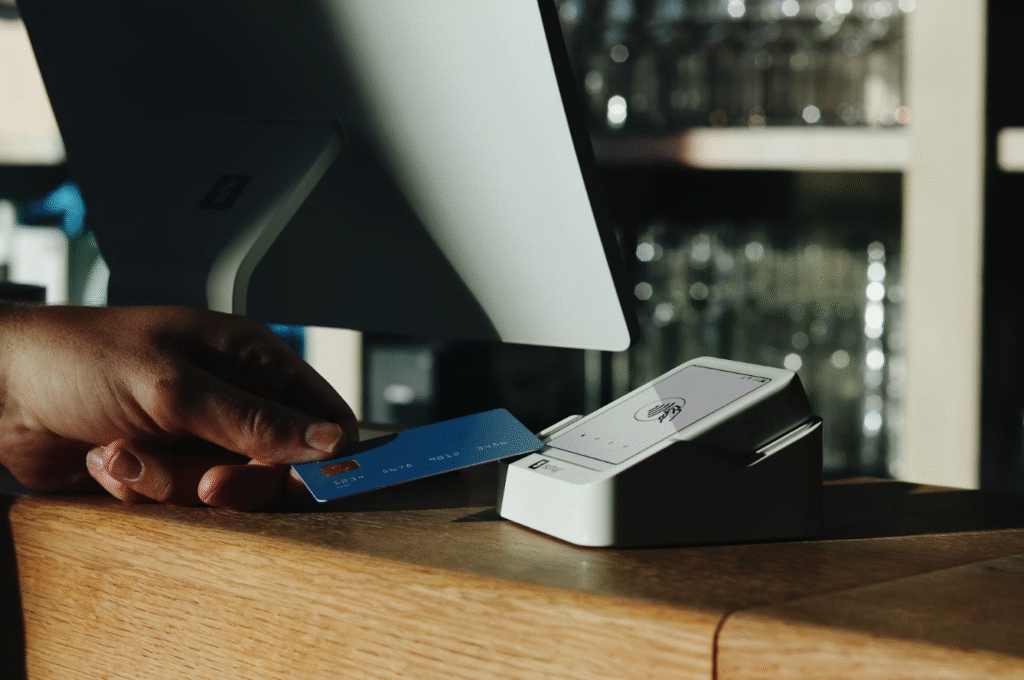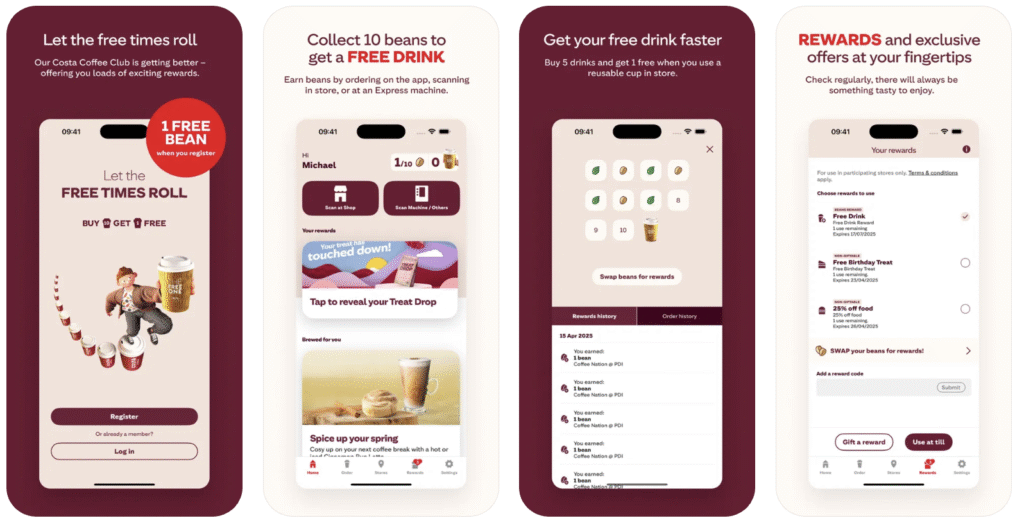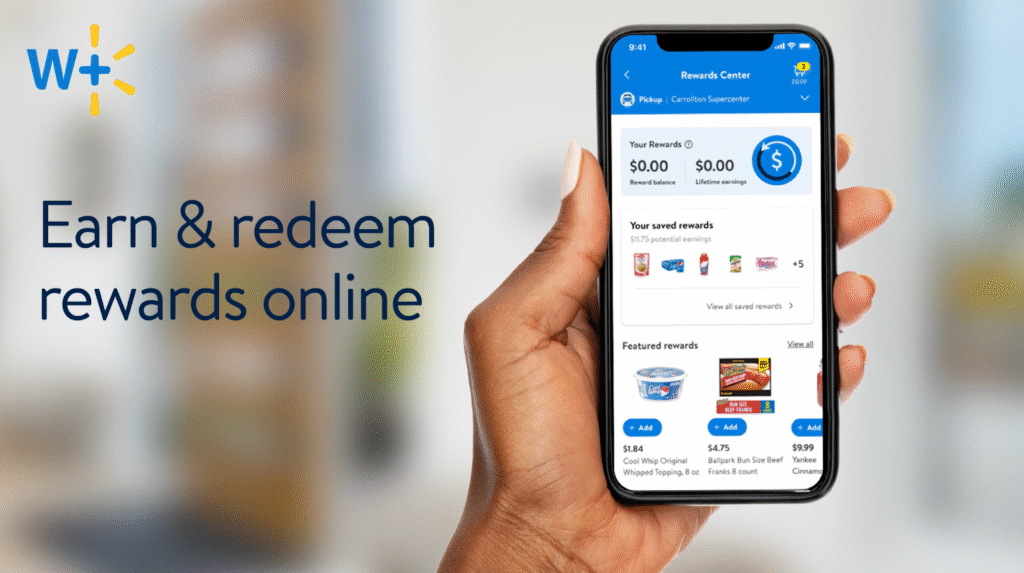Estimated Reading Time: 6 minutes

You work hard to win customers.
Every latte, every massage, every checkout is a chance to make them come back.
The problem is… outdated loyalty programs are working against you.
Paper punch cards get lost. Customers forget them at home. And when they can’t track their rewards, frustration creeps in (and loyalty slips away quietly).
That’s where digital loyalty cards come in.
Because in 2025, they’re the standard for businesses that want to stay relevant, retain more customers, and actually measure the impact of their rewards.
Digital loyalty programs and mobile loyalty cards give small businesses a smarter, paper-free way to boost customer retention and engagement. No need to worry about the hassle of manual tracking.
In this guide, we’ll walk through the real benefits, the common roadblocks (with easy fixes), and exactly how to choose a provider that fits your business—not the other way around.
Why Businesses Are Making the Switch
Loyalty is no longer about stamps and hole punches.
Digital loyalty cards deliver this in a way punch cards never could. They live in the customer’s phone, sync automatically at checkout, and give businesses the data to understand what actually drives repeat visits.
In short: they transform “just another stamp” into a system that actually fuels growth.
Benefits of Digital Loyalty Cards for Businesses
Cost Efficiency and Scalability
Printing thousands of cards, replacing lost ones, and keeping track manually drains both time and money.
Digital loyalty cards eliminate printing costs, cut down on admin work, and scale easily—whether you’re a cozy cafe or a multi-location retailer.
Take Pret A Manger’s subscription as an example. No card production, zero waste.
Their system proves just how scalable digital can be. No matter how many stores they open, the loyalty model stays consistent because it’s entirely app-based.

Small businesses can achieve this too with platforms like SimpleLoyalty, which bring the same digital scalability without enterprise-level costs.
Real-Time Customer Insights
Paper cards can’t tell you which customer loves Friday lunch deals or who hasn’t been back in three months.
Digital platforms give you data at your fingertips so you can adjust rewards and campaigns in real time.
Examples:
- Does this customer only come on weekdays?
- Do they spend more when they order food with their drink?
- Have they suddenly stopped showing up after visiting every week for months?
With SimpleLoyalty, even a neighborhood spa can see when a client skips their usual monthly facial and send them a gentle reminder with a special offer.
Improved Customer Engagement
Rewards shouldn’t only kick in at the counter.
With digital loyalty cards, you can send personalized offers, push notifications, or birthday rewards directly to a customer’s phone. It keeps the relationship alive between visits and makes your brand feel more attentive and human.
Benefits of Digital Loyalty Cards for Customers
Ease of Use and No More Lost Cards
Customers are tired of cluttered wallets.
With digital loyalty cards, they always have their rewards handy. No more rummaging for crumpled punch cards.
Costa Coffee Club dropped physical cards years ago. Customers now just scan their app or add their loyalty card to Apple Wallet or Google Wallet, making the process effortless.

Better Rewards and Transparency
Customers want to know exactly how close they are to their next reward.
Digital programs show clear progress bars or point balances, creating that satisfying “just one more purchase” motivation.
Hyatt shows exactly how this works. Their loyalty tiers clearly lay out how many nights or points you need to reach the next level.
SimpleLoyalty applies the same principle for SMEs. Customers can check progress on their phones at any time, making rewards transparent and motivating.

Integration with Everyday Mobile Apps
From Apple Wallet to Google Wallet, digital loyalty cards slip into the apps customers already use daily. Rewards become part of their normal shopping routine.
Walmart+ does this brilliantly.
By tying their loyalty program to everyday essentials like grocery delivery, members see instant value. It’s not just “another app”, but a part of their life.
SMEs can do the same by integrating with wallets or messaging tools customers already use, a feature built into platforms like SimpleLoyalty.

Challenges of Digital Loyalty Cards (and Solutions)
Adoption Among Non-Tech-Savvy Clients
Not everyone loves new tech.
Some customers may resist downloading apps or scanning QR codes.
Solution? Make sign-ups frictionless (like SMS-based registration or one-tap wallet passes), and train staff to walk hesitant customers through it.
Data Privacy Concerns
Customers are more protective of their data than ever.
Choose providers that prioritize compliance and transparency. Clearly communicate how customer data is stored and used. This builds trust, not suspicion.
Choosing the Right Platform
A clunky or unreliable loyalty app can do more harm than good. The solution is to prioritize providers that integrate seamlessly with your POS (Point-of-Sale) system and offer strong customer support.
Look for platforms with a track record of uptime and simplicity, not just flashy features.
How to Choose the Right Digital Loyalty Card Provider
Features to Prioritize
The best digital loyalty programs come with:
- Easy sign-up (SMS or email automation)
- Real-time reporting and analytics
- Support for multiple locations
- Customizable rewards
- Wallet and POS integration
Without these, you’re practically stuck with half a solution.
Pricing Considerations
Free tools might seem tempting, but they often come with limits that frustrate growth.
Paid providers are your best bet because they typically deliver more robust features, scalability, and reliable support. Consider not just the price tag, but the long-term value to your business.
Integration with Your Current POS Systems
If your loyalty program feels like a separate system, it won’t last.
Look for providers that integrate directly into your checkout flow, so rewards update automatically. The smoother it feels for staff and customers, the more likely it will succeed.
Conclusion
Paper punch cards had their run. But in 2025, loyalty has gone digital.
From Pret A Manger’s groundbreaking coffee subscription to Costa’s app-powered rewards, and Walmart’s everyday value bundles, the big brands have already shown the way forward.
You don’t even need their budget to compete.
With tools like SimpleLoyalty, small and medium businesses can launch digital loyalty programs that feel just as polished.
Because loyalty today isn’t about cardboard cards or confusing point systems, it’s about creating experiences customers can’t imagine living without.

